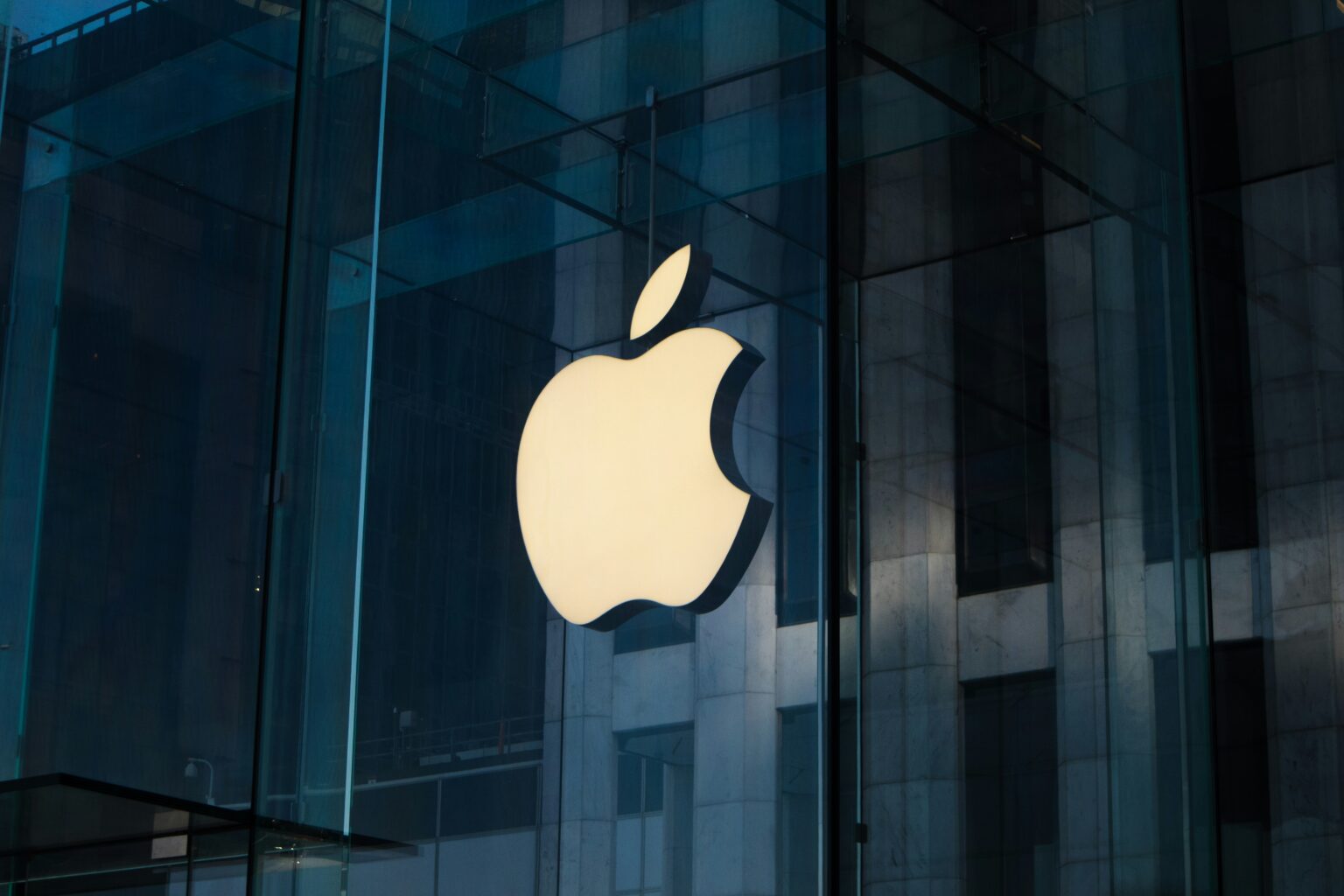The SEC finally approved Bitcoin ETFs after a false Twitter feed hack of their social media account on Tuesday, stating that they were already in circulation, causing Bitcoin prices to spike initially and then drop as the truth came out.
This approval of 11 Exchange-traded funds that invest directly into Bitcoin is a historical event that bolsters and legitimises the $1.7 trillion digital currency and could skyrocket BTC prices over the long term. This approval means the digital revolution has truly started.
The ETF’s scheduled to begin trade on Thursday, already have competitors battling it out by slashing product prices to attract investors. Black Rock, one of the most significant investment houses managing trillions in investments, has reduced fees to 0.25% and lowered its introductory offer.
deVere CEO and long-standing crypto advocate Nigel Green says: “This approval by the financial regulator of the world’s largest economy is a landmark moment for Bitcoin and the broader crypto market and boosts prices in the long-term, even if there’s a sell-off in the near-term.
What will the immediate effects of Bitcoin ETFs mean for the markets?
- It is predicted that billions will flow into Bitcoin ETF purchases over the next few days.
- The added credibility allows investors to bypass crypto exchanges that could be unreliable or shady.
- The introduction of Bitcoin ETFs could bring stability to historically volatile Bitcoin prices over the last decade, making it easier for investors to store their money.
- Bitcoin being accepted as an ETF creates a ripple effect that could see ETFs designed for other digital currencies like Ethereum soon. Digital currency prices are already rising at the prospect of more ETFs. Ethereum prices alone have increased by 15%.
Digital assets are here to stay and could lead to even more investment opportunities in the near future. It is advisable to chat with your financial advisor before investing. Bitcoin ETFs could add a new barrier of diversity to an investment portfolio.





